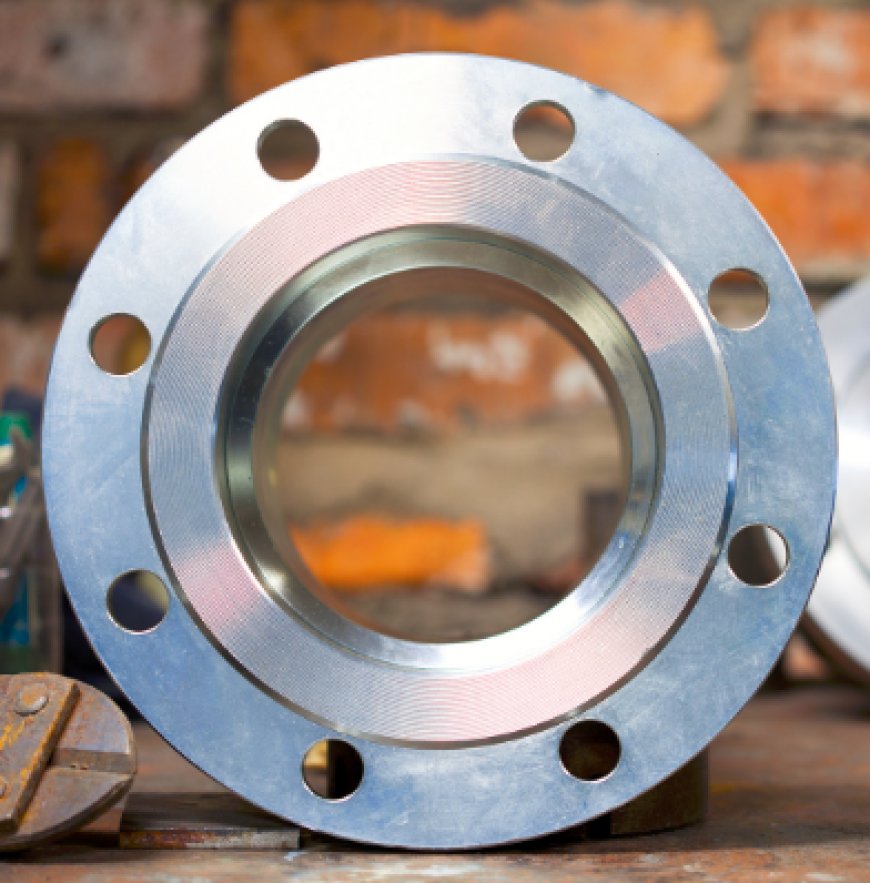IS 6392: Comprehensive Guide to Steel Pipe Flange Standards
Discover IS 6392 standards for steel pipe flanges, including types, dimensions, pressure ratings, materials, and benefits of standardization in piping systems.

IS 6392: Comprehensive Details
Scope: IS 6392 specifies the dimensions, materials, design, and pressure ratings for steel pipe flanges. It covers various types of flanges used in piping systems, ensuring standardization and compatibility across different manufacturers.
Key Features
1. Types of Flanges Covered:
- Weld Neck Flanges: Used for high-pressure applications, they have a long tapered hub that is welded to the pipe.
- Slip-On Flanges: These are slipped over the pipe and then welded both inside and outside for strength.
- Blind Flanges: Used to close the ends of piping systems, they do not have a bore.
- Socket Weld Flanges: The pipe is inserted into a socket in the flange and then welded.
- Lap Joint Flanges: Used with stub ends, allowing for rotation and ease of alignment.
- Threaded Flanges: Screwed onto the pipe without welding, suitable for low-pressure systems.
2. Dimensions:
- Nominal Diameter (DN): Ranges from 15 mm to 1200 mm.
- Bolt Circle Diameter and Number of Bolts: Specifies the size and number of bolts required for each flange.
- Flange Thickness: Varies based on pressure rating and size.
3. Pressure Ratings:
- Flanges are categorized by pressure ratings such as PN 6, PN 10, PN 16, PN 25, PN 40, etc., indicating the maximum pressure they can withstand.
4. Materials:
- Carbon Steel: Commonly used for general applications.
- Alloy Steel: For higher temperature and pressure applications.
- Stainless Steel: For corrosive environments.
5. Design:
- Raised Face (RF): Common design where the gasket sits above the bolting circle.
- Flat Face (FF): Entire face of the flange is flat, typically used with cast iron or fiberglass flanges.
- Ring Type Joint (RTJ): Uses a metal ring as a gasket, suitable for high-pressure applications.
6. Manufacturing and Testing:
- Manufacturing: Flanges must be manufactured according to the specified material and dimensional standards.
- Testing: Includes pressure tests, material tests, and dimensional checks to ensure compliance.
Advantages of IS 6392
- Standardization: Ensures interoperability and compatibility across different manufacturers.
- Quality Assurance: Provides guidelines for consistent quality and performance.
- Cost-Effectiveness: Reduces need for custom parts, lowering production costs.
- Safety: Enhances the safety and reliability of piping systems.
- Wide Availability: Easy to source due to adherence by many manufacturers.
Disadvantages of IS 6392
- Limited Flexibility: May not suit all applications requiring custom solutions.
- Compliance Costs: Initial costs for adhering to stringent manufacturing requirements.
- Obsolescence: Standards may become outdated with technological advancements.
- Regional Limitations: Specific to India; international projects may require other standards.
- Initial Investment: Transitioning to standardized components may need significant initial investment.
Conclusion
IS 6392 plays a crucial role in standardizing steel pipe flanges, ensuring safety, reliability, and efficiency in piping systems. While it offers numerous benefits, it's essential to consider its limitations and ensure compliance with the latest standards and technological advancements.
What's Your Reaction?


























